Sega is obviously remembered today primarily as a console manufacturer, but the company was in the arcade business long before they tested the home gaming market waters and long after they exited the console business altogether. And when I say “long after,” I mean Sega is STILL making arcade games today — as in, they just released a racing cabinet called Apex Rebels in 2024.
Needless to say, the company’s coin-operated roots run deep and their arcade legacy is evident to anybody who’s ever stepped inside an arcade before. From Zaxxon to Virtua Fighter to all those Initial D games you’ll occasionally spot at pizza places and amusement centers, there’s no denying just how important Sega was (and still is) to the arcade gaming industry.
Naturally a lot of acclaimed and beloved Sega arcade games would get ported to home and portable consoles over the years. But there are quite a few Sega arcade titles that never left the arcades at all — despite being some pretty high-profile games that seem like they would’ve been a perfect match for the home hardware tech of the time.
With so many examples in the history of Sega, this could easily be a recurring feature. But for the time being, let’s focus on five fairly popular and recognizable arcade releases that, for whatever reason, never got adapted for home consoles…
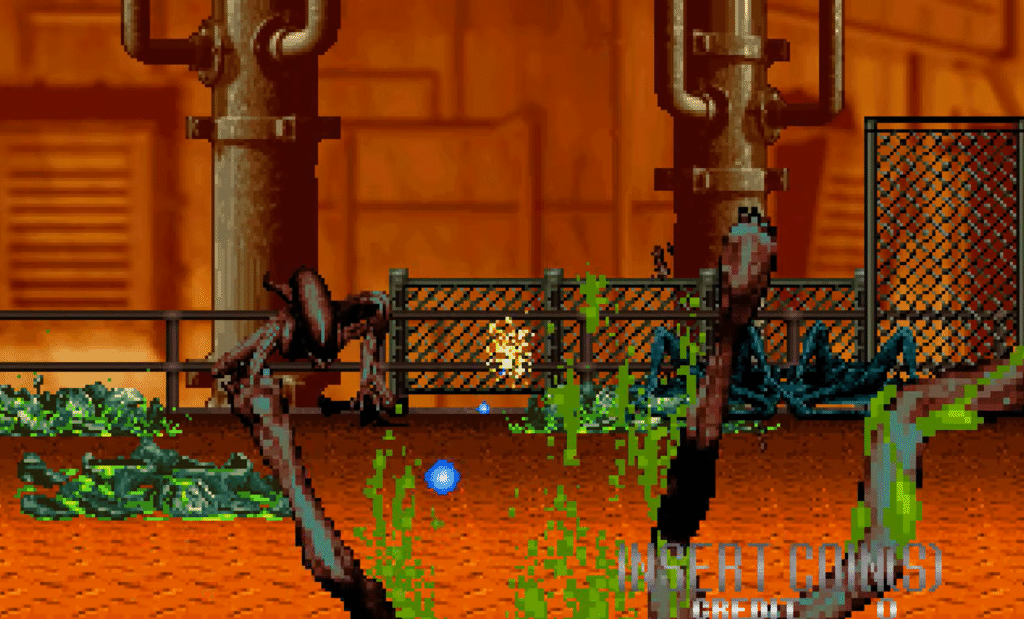
Alien 3: The Gun (1993)
What’s the gist of it? As it turns out, Sega was meddling with the Alien license long before games like Isolation and Colonial Marines. There’s quite a bit of irony with the name of the game — not only is it a comically blunt description of the title’s peripheral gimmick, it’s almost like a thumb to the eye of the film Alien 3 itself, which was devoid of any kind of firearm whatsoever. So it’s hardly a one-to-one translation of the 1992 David Fincher film, but that’s not a bad thing in the slightest.
As you’d imagine, this one plays a lot like every other plastic machine-gun mounted cabinet of the day, such as Terminator 2 and Revolution X. Taking extreme liberties with the source material, you blast your way through dozens of scenes kinda sorta inspired by the movie, including a wildly non-canonical alternate interpretation of the film’s ending where you have to pulse rifle a Lance Henriksen lookalike into oblivion. It’s not a terribly long game, assuming you don’t mind feeding the machine a steady stream of quarters; if you’re tag teaming it with a buddy, you should easily plow through it in about 20 minutes or so.
If you’ve played any of Sega’s beloved Jurassic Park arcade shooters, this is pretty much the prototype — albeit, with 100 percent less velociraptors and 100 percent more acid-spewing Xenomorphs with heads shaped like Genesis controllers.
Why wasn’t it ported? Since games like Lethal Enforcers were adapted to home consoles with little in the way of concessions, I guess the reason this never made it out of the arcades is probably due to licensing issues. Like, it wasn’t uncommon back in the day for one company to get exclusive home consoles rights for a franchise while a different one had exclusive arcade rights — i.e., that whole deal with The Simpsons arcade game from Konami. And it’s a shame, too; as far as licensed arcade light gun games go, Alien 3: The Gun is definitely one of the best to ever hit shopping malls, movie theaters and the occasional upscale pizza parlor.
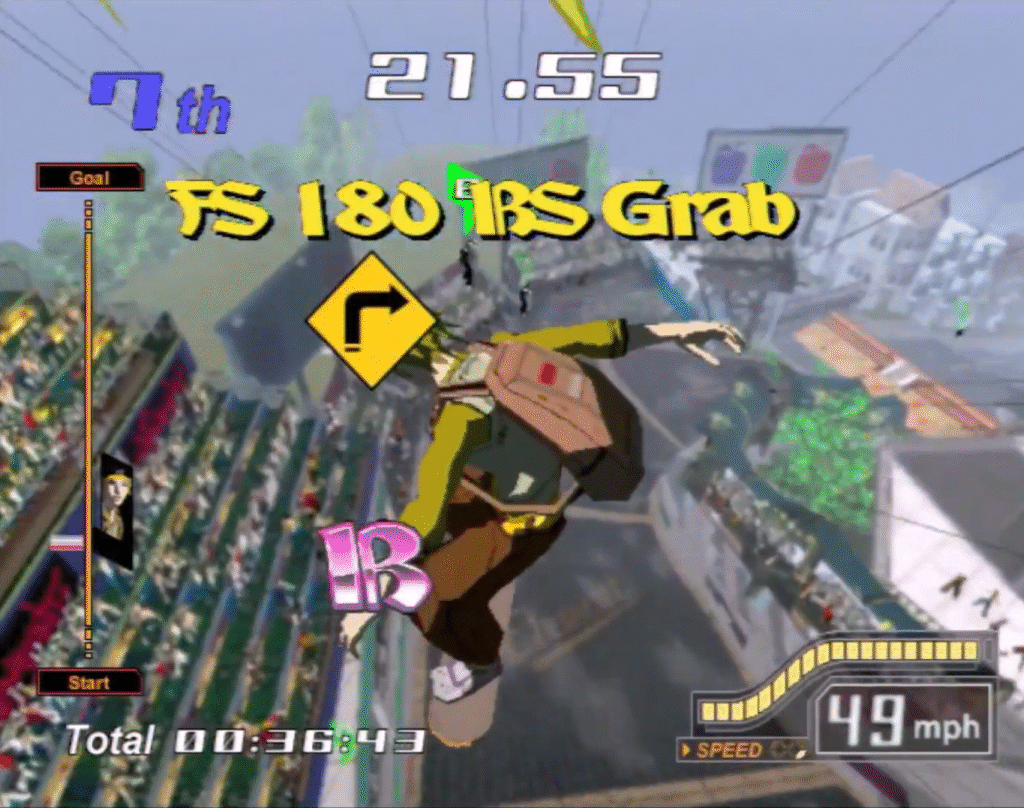
Ollie King (2004)
What’s the gist of it? This is an arcade title that combines two radically different (and just plain awesome) games into a singularity. You probably have vivid memories of playing Sega’s Top Skater in the late ‘90s, if not because of its unique skateboard-shaped controller gimmick, then for its iconic soundtrack courtesy of punk rock heroes Pennywise. And you definitely know all about the Jet Grind Radio/Jet Set Radio Future games — the super funky, cel-shaded, anti-corporate greed platformers that proved all you need to resist the oligarchy is a lot of spray paint and remixes of Rob Zombie songs.
So what do you get when you jumble the two into one coin-op package? Well, you get Ollie King, which gives you super-stylized characters, beautifully painted 2D backdrops and ultra-satisfying arcade racing gameplay that once again implements that faux-skateboard peripheral near the bottom of the cabinet.
Gameplay-wise, it’s probably closer to something like SSX or Tony Hawk’s Downhill Jam than a proper Jet Grind Radio game, but it definitely has some elements and components that’ll remind you of DJ Professor K and pals — starting with the fact that its soundtrack is provided by Hideki Naganuma, the “skank funk” EDM maestro that gave both Jet Grind/Jet Set games their brilliant J-Pop-techno vibrato and flavor.
Why wasn’t it ported? Now this one is just tragic. Not only did the arcade game run on the same hardware that gave us House of the Dead III and OutRun 2, it was LITERALLY built on the same architecture as the Xbox. So this ends up being one of those bizarre situations where the arcade game in question didn’t technically have to be ported to a home console, because it was already running on one in the first place. I’m guessing the skateboard peripheral would’ve been a bit pricey to mass manufacture — and probably not all that functional, considering that *one* Tony Hawk game that came out a few years back — but there’s no reason they couldn’t have amended the control scheme to make it more conducive with a standard control pad. I mean, the fact that SpikeOut: Battle Street got ported to the Xbox while this game didn’t is one of those eternal mysteries that may never get solved.
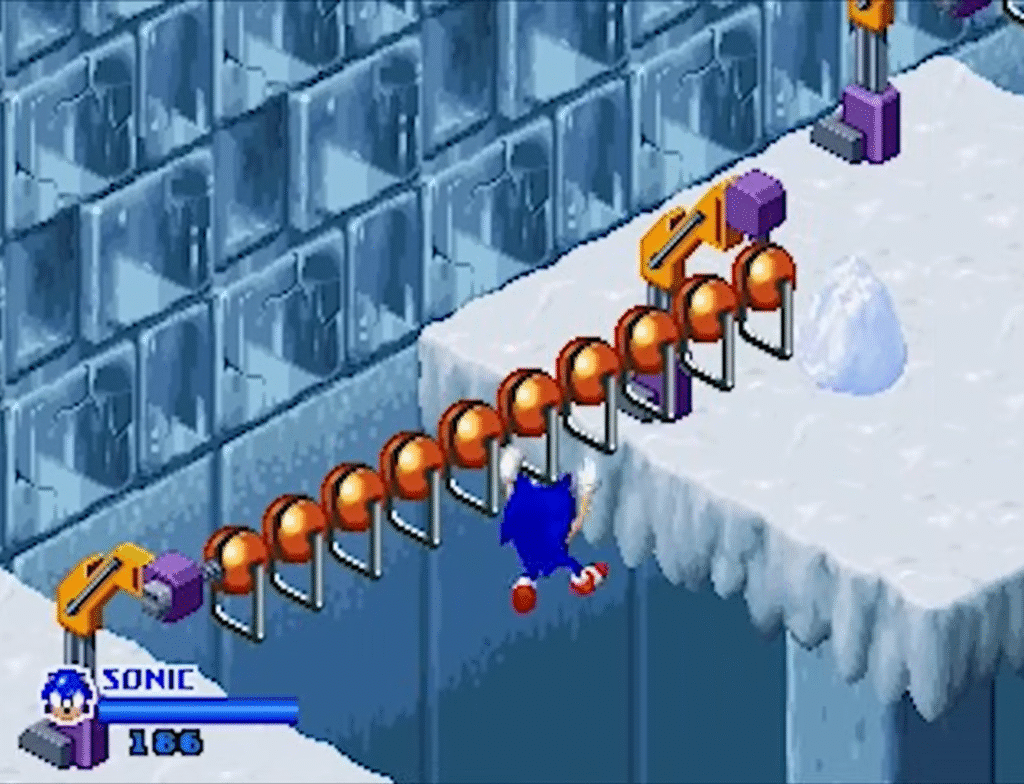
SegaSonic The Hedgehog (1993)
What’s the gist of it? By 1993 Sonic wasn’t just a license to print money for Sega, he had single-handedly helped the company leapfrog over Nintendo as the number one video game company in America. So it’s no surprise that Sega would eventually take their prized intellectual property to the arcades … albeit, only in Japan, for idiosyncratically inexplicable Sega management reasons. While you might suspect a one-to-one port of the traditional Sonic platformer template to the arcade space would be the most obvious approach, Sega opted to do something very different with this one. Instead of being a left to right action game, SegaSonic was a top down isometric-viewpoint game with trackball controls instead of the expected joystick and face button setup.
At the time it seemed like a very bizarre take on the material, but with the gift of hindsight, SegaSonic seems almost eerily prescient; for all intents and purposes, this thing was an endless runner about 20 years before they dominated the smartphone gaming market.
As for other things that made the game stand out, it’s notable for introducing two playable characters who never really took off in the Sonic-o-sphere: Ray the Flying Squirrel (who is easily mistakable for Tails at a distance) and Mighty the Armadillo, who you could almost describe as “We Have Knuckles At Home.”
Why wasn’t it ported? Perhaps the arcade hardware was a bit too demanding for the Genesis, Sega CD and probably the 32X. By the time the Saturn hit the market, SegaSonic was already a couple of years old and largely forgotten by even hardcore Sonic enthusiasts. The other issue is the trackball control scheme, which apparently was too hard to reconfigure even for the GameCube and PS2; the game was supposed to be included in the 2005 Sonic Gems Collection compilation, but the development team just threw their hands in the air and gave up. You can try emulating it on MAME these days, but even with a joystick it feels pretty clunky. And if you thought playing Marble Madness on the NES back in the day was frustrating, don’t even think about trying to play this thing with a keyboard.
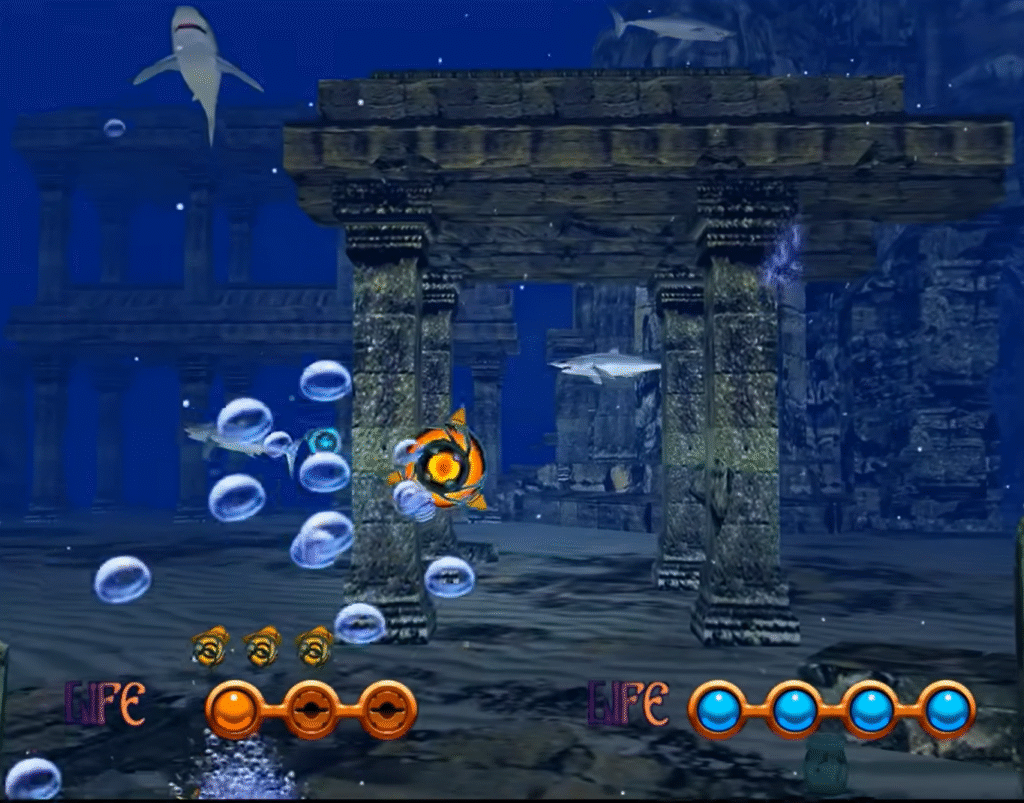
The Ocean Hunter (1998)
What’s the gist of it? Sega made a lot of light gun games over the years. While The Ocean Hunter is thematically similar to stuff like House of the Dead and Ghost Squad, it has a few noteworthy quirks. For starters, the actual plastic gun peripheral isn’t really a gun at all — it’s this weird, inorganic looking yellow turret that feels more like a steering wheel than a firearm. So it has a very unusual sense of movement for an arcade shooter, but it’s the in-game physics that make The Ocean Hunter feel unlike anything else within its genre. Since the game takes place underwater, your bullets aren’t guaranteed to follow in a straight line and the currents of the ocean can (and will) send your projectiles veering off in directions you didn’t intend. Honestly, I can’t think of another arcade light game that does something like that, and that element of the game alone makes it worth trying out.
As for the gameplay, it’s structurally similar to Virtua Cop and its ilk, albeit with a pronounced aquatic theme (complete with a final boss fight against Poseidon, because Sega has not and never will do subtle). The game actually does play out like a survival horror title at times, and the visuals are pretty good. Too bad the whole game is over in about thirty minutes, though, with nary a single replay incentive on the table.
Why wasn’t it ported? That’s a very good question. It seems like the kind of game that easily could’ve been ported to the Dreamcast. I can’t think of anything specific about Ocean Hunter that would’ve made it less viable as a port than something like Confidential Mission. I guess the idea of blasting away adorable sea creatures could’ve been a reason this one never made it to any home consoles. Considering all of the mayhem in titles like Zombie Revenge and Maken X, though, I take it there were other reasons why this one never graced our Dreamcasts.
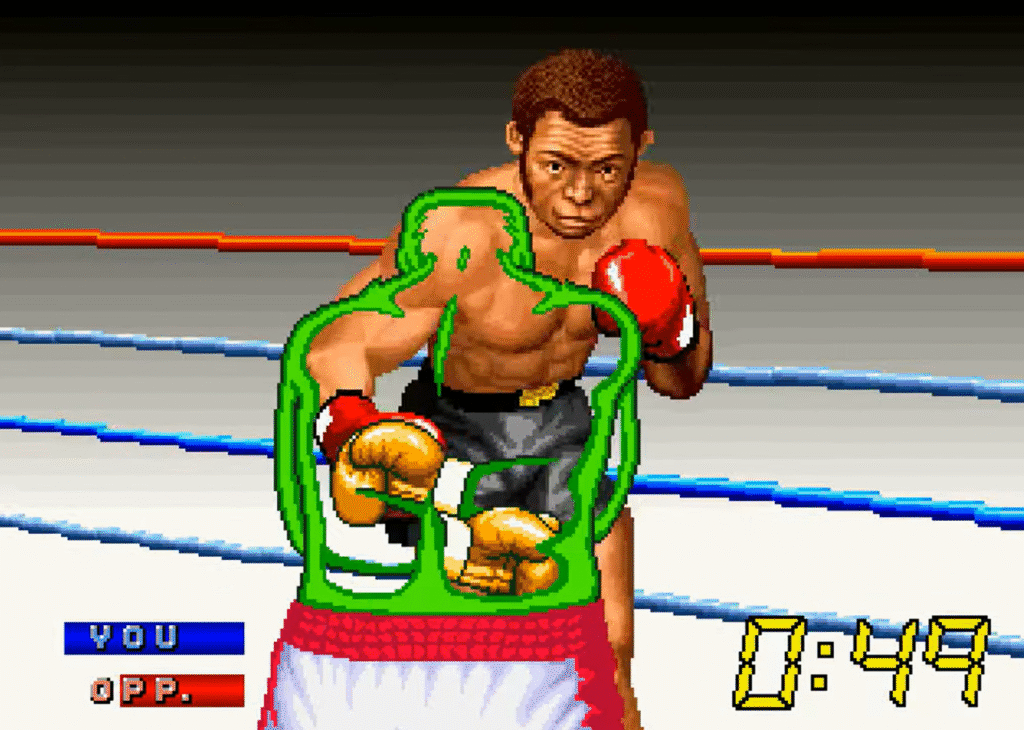
Title Fight (1993)
What’s the gist of it? Title Fight is an interesting game for a few different reasons. For one, it’s actually a spiritual sequel to an even earlier 1987 arcade release from Sega called Heavyweight Champ, which *itself* was a spiritual sequel to an even earlier 1976 arcade release from Sega ALSO called Heavyweight Champ. All three games employed the same basic gimmick: instead of using buttons or a joystick, players wrapped their hands around these plastic grooves that were supposed to replicate a pair of boxing gloves. Naturally, you would punch up and down or left or right to throw hooks and jabs in the game; Sega technically beat Nintendo to the whole motion-sensing controller thing by a mere 30 years.
Title Fight also had a pretty novel split screen cabinet, which definitely stood out amidst all of those weathered and battered NBA Jam and Mortal Kombat machines.
Gameplay wise, it was a rather straight-forward arcade boxing game, complete with a lot of lawsuit-tempting pastiches of real-world pugilists like George Foreman and Larry Holmes, among others. Title Fight was hardly a world-changing experience, but it was certainly fun stuff in short spurts (even if the blocking mechanics are absolute trash).
Why wasn’t it ported? If I had to venture a guess, it’s probably because of the control set up. Without the whole “you literally control the game by punching for real” gimmick, there’s not a whole lot of oomph behind Title Fight. The gimmick also seems like a pretty difficult (and needlessly expensive) thing to try to replicate as a home console peripheral. Try throwing punches while you’re sitting on the floor and leaning 45 degrees forward — the physics just aren’t working in your favor.
Weirdly enough, Title Fight *did* inspire an arcade successor — Funky Head Boxers — in 1995, which employed a more traditional joystick and face button layout. And as fate would have it, that one did get ported to the Saturn as a Japanese exclusive. Alas, if you want to play Title Fight properly today, your only option is to find a still functioning coin-op cabinet out in the wild. Not even MAME emulation provides the same tactile experience.

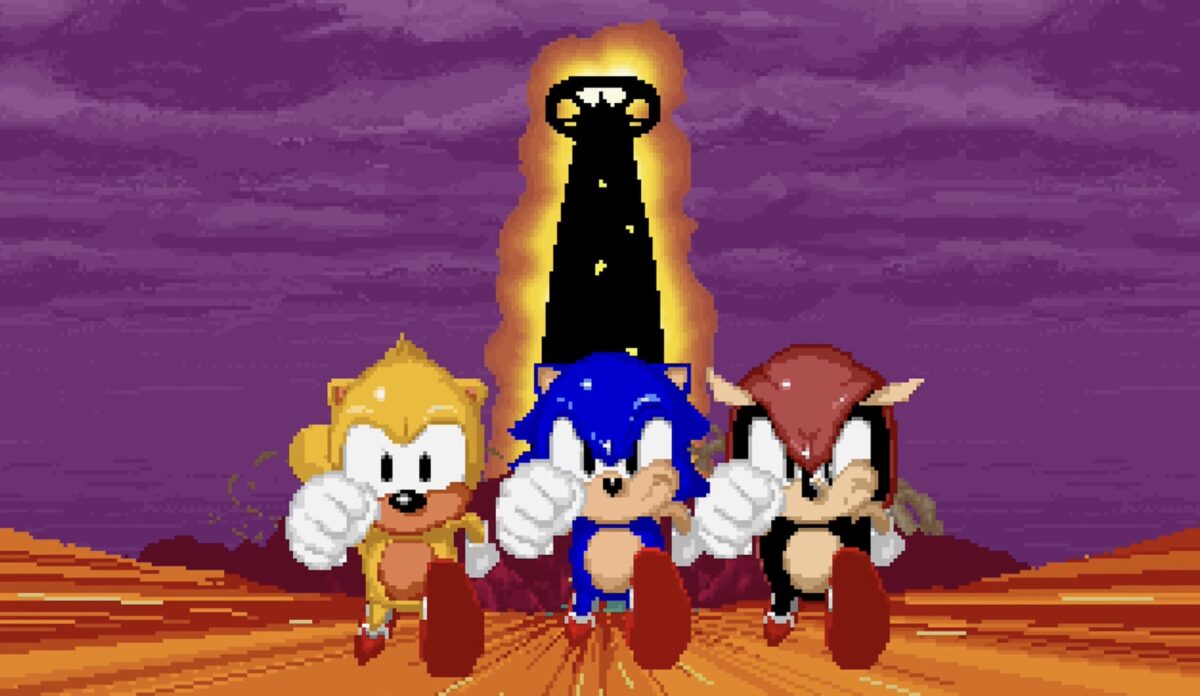
One reply on “Five Sega Arcade Games that Never Got Ported Anywhere”
Cool article. So many good games stuck in the arcades. Title Fight is really memorable and not to many people realize the linage to Heavyweight Champ. That twin cabinet setup was later used in WWF Royal Rumble.